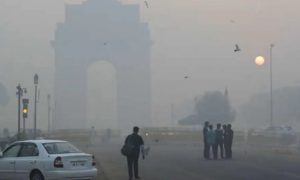While South Korea, Taiwan and Singapore are excellent examples of how the government has been successful in convincing users to download contact-tracing apps, others have struggled to get people to adopt these. This despite the fact that the use of apps can help authorities check spread through contact tracing. Google is now trying to replicate the South Korea model of contact-tracing to alert users about areas that are emerging hotspots. The service will be rolled out in the US first; Google Maps will alert users when they are in emerging hotspots. In Korea, the Coronavirus 100m app fulfils a similar end. However, the Google solution’s efficacy will depend on how many governments it can convince to use the data it generates. For instance, while in the US, Google is looking to give a county-by-county update, in Europe, it can only provide country-wise data as there are limitations to what the national governments allow it to report.
However, getting companies like Google and Apple to provide such solutions can be a good start as countries contemplate more lockdowns in the wake of rising cases. It shall also help the government expand the scope of contact tracing and keep users more cautious about avoiding infection. While India’s Aarogya Setu does provide users information about infected people within 500m, 1km, 5km and 10km distance, it does not provide a map view to show which areas are reporting a high number of infections and which are relatively safer. The Indian government, thus, should consider collaborating with Google and Apple to inform users about hotspots.





































